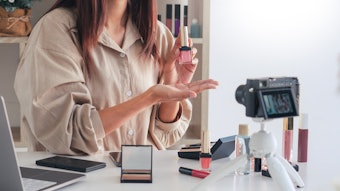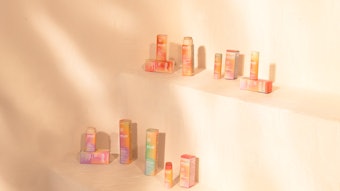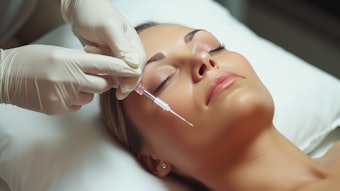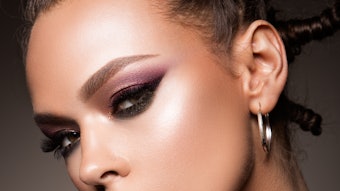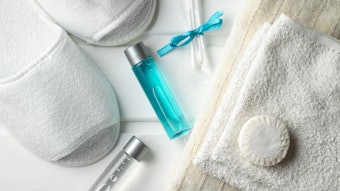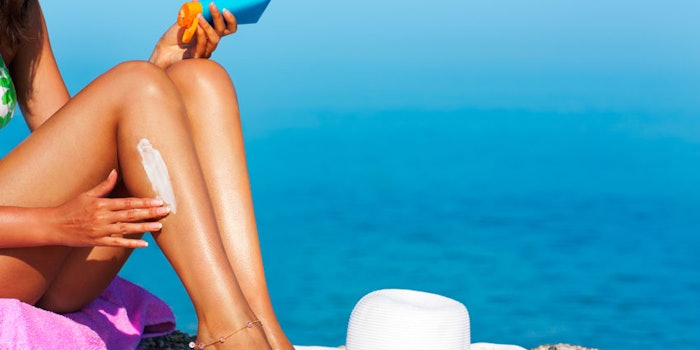
Since the banning of certain sunscreen chemicals in Hawaii, the product has come under increased scrutiny with many asking what's next? While sunscreen's primary function of broad-spectrum protection isn't going anywhere, recent research highlights some of the progress being made to make them more safe and sustainable in the future. Here are four sunscreen trends that are coming to light.
1. Safety First
Sunscreen protecting the skin is not a concept that is changing; however, brands are now emphasizing their environmentally-safe sunscreens. This gained traction with research suggesting that certain chemicals in sunscreen are damaging the coral reefs in Hawaii.
Skin Resource M.D., a cosmeceutical line created by board-certified dermatologists, recently added two reef-safe sunscreens to their skin care line. The two sunscreens utilize chemical-free ingredients, and the Essential Solar Protector has an SPF of 47 while the Hyaluronic Facial Solar Protector has an SPF of 44.
While these two sunscreens have been newly developed other sunscreen brands have been marking their sunscreens as reef safe, and Amazon.com has even created a page of only reef-safe sunscreens.
2. Ingestible Sunscreen
Ingestible beauty has been buzzing for a while now, but more recently ingestible sunscreen has joined in the hype. Karin Hermoni, Ph.D., skin care expert and head of science and nutrition at Lycored, explained how "Healthy and diverse nutrition plays a key role in skin health and beauty and the protection from different environmental challenges, such as sun exposure."
Hermoni continued to discuss how eating a "rainbow" of foods can provide the body with phytonutrients build an antioxidant reservoir in the skin, which is the first line of defense against sun exposure. Apart from food, however, these phytonutrients can also be sought out in the form of supplements, but Hermoni emphasizes that this form of ingestible sunscreen should not replace using a topical sunscreen as well.
3. Feeling Blue
Light damage does not start and end with the sun, unfortunately. Research from the National Center for Biotechnology Information showed how overexposure to blue light can increase skin aging. Now that technology has become a staple in most peoples lives, brands have started to develop sunscreens that also provide blue light protection.
Guinot is one such brand that recently launched their Age Sun Face, which has a key component of protecting the face against UV and blue light-induced damage. CBI Laboratories also has a similar Urban Anti-Pollution Essence that works to protect the skin from blue light-emitting electronic devices.
4. Adding Antioxidants
UV radiation increases the production of reactive oxygen species, which can cause oxidative stress. However, research from the National Center for Biotechnology Information discusses how the "Addition of antioxidants to sunscreens offers great potential to neutralize the UV-induced free radicals."
With research like this coming out brands are taking notice and working to add antioxidants like vitamin C and E into their formulas. Brands such as La Roche-Posay and Murad have developed sunscreen formulations that provide the skin with antioxidant-rich protection from the UV rays.
